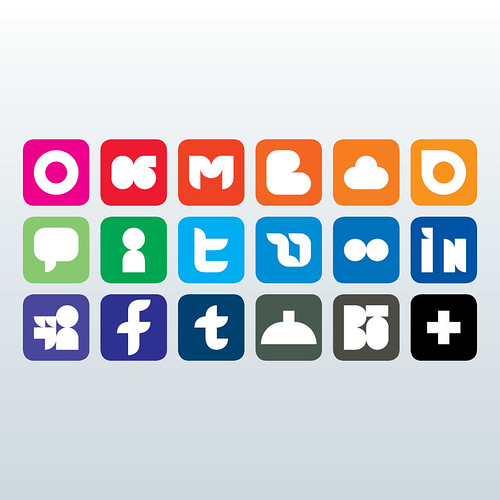When using social media to improve brand awareness, revenue and customer relations, it is best to be equipped with the right tools that will provide you with full information on the approaches you can employ to grab more followers and fans online.
When using hashtags, always monitor progress and gauge the success and impact of conversations. Using analytics tools will definitely help you point out weak and strong spots of your campaign. In the end, you can achieve objectives quicker.
 Courtesy of Hashtags.org Analytics
Courtesy of Hashtags.org Analytics
 Courtesy of Hashtags.org Analytics
Courtesy of Hashtags.org Analytics
 Courtesy of Hashtags.org Analytics
Courtesy of Hashtags.org Analytics
 Courtesy of Hashtags.org Analytics
Looking at another promotional hashtag, McDonald's #McDMonopoly, these are the most prolific users to date.
Courtesy of Hashtags.org Analytics
Looking at another promotional hashtag, McDonald's #McDMonopoly, these are the most prolific users to date.
 Courtesy of Hashtags.org Analytics
Courtesy of Hashtags.org Analytics
 Courtesy of Hashtags.org Analytics
Courtesy of Hashtags.org Analytics
 Courtesy of Hashtags.org Analytics
Courtesy of Hashtags.org Analytics
1. The total tweets in a period
Social media analytics will provide you with the total number of tweets sent or acquired in a hashtag with each passing hour. The total tweets can be determined over 24 hours or as far back as one year, depending on how well the hashtag trends. Social media marketers can determine which the best times are to post and share information based on the responses. They can also compare previous campaigns and make a graph to show the trend and how well the hashtags have done in the past and which kinds of information will immediately generate responses at particular times and intervals. Through the film promotion hashtag #PacificRim, for instance, we see that it generated over 39,000 tweets in the first 24 hours alone from its July opening. Using analytics, we also get to appreciate the activity in terms of graphs. Courtesy of Hashtags.org Analytics
Courtesy of Hashtags.org Analytics Courtesy of Hashtags.org Analytics
Courtesy of Hashtags.org Analytics2. Total impressions made
Use social media analytics tools to determine the total impressions made. Impressions represent the actual engagement produced by posts and hashtags. When a hashtag is launched, people can instantly reply, retweet or comment to start the conversation. The information provided will also include the actual tweets within the conversation. Social media marketers can see how well their hashtag is doing depending on the responses generated within a 24-hour period and the subsequent hours. Taking the promo hashtag #PacificRim once again. We see that it managed to peak with more than one billion impressions in the past six months. Courtesy of Hashtags.org Analytics
Courtesy of Hashtags.org Analytics3. The relevant users
Another vital information provided by hashtags include the actual users who are posting comments and responding to the conversation. You can effectively seek out individuals who will be valuable assets to the campaign. These are individuals who share useful and related information and join your online contests and other activities. In return, the analytics tools can give full data on their profiles so you can add and follow them to widen your network. Based on the analytics results, we see that the users below are the most prolific users of #PacificRim. Courtesy of Hashtags.org Analytics
Courtesy of Hashtags.org Analytics Courtesy of Hashtags.org Analytics
Courtesy of Hashtags.org Analytics Courtesy of Hashtags.org Analytics
Courtesy of Hashtags.org Analytics4. New tweets
Social analytics tools will also show the latest tweets from different users. When starting a campaign, you can immediately respond to these and establish yourself as an expert in the field. For example, the hashtag #twEATfor1k was launched by fast food chain Wendy?s with very good results. The idea is to keep people interested and see how well the conversation is trending over the hours. Courtesy of Hashtags.org Analytics
Courtesy of Hashtags.org Analytics


